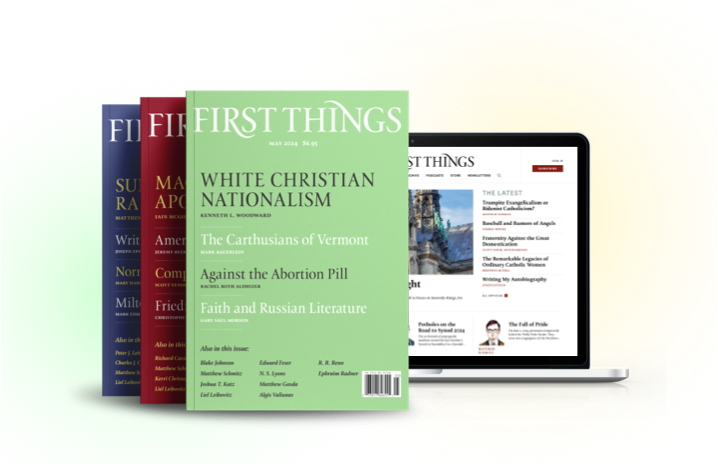We are currently in the midst of Ordinary Time on the church
calendar—the time between the times, or even “off season,” to borrow a sports
metaphor. Although not in this year’s cycle, Christians usually encounter a
gospel reading from John and the first miracle at the wedding in Cana of
Galilee. Filled with food and laughter, this wedding becomes the place where Jesus
fulfills his mother’s desire and turns water into wine. He chooses in this
moment to embrace the joy of the dance.
Eating, drinking, laughing, and dancing are earthy
activities that point toward the liturgical color of this “time between the
times.” It is a reminder that behind the great dance of creation stands the
Lord and Giver of Life. Hildegard of Bingen suggested as much when she
identified the Spirit’s activity with viriditas,
a challenging word to translate. Despite its archaic nature (or maybe because
of it), I prefer verdancy to the more mundane greenness because Hildegard
intends to underscore a lush and rich landscape teeming with life and
fragrance. It evokes ideas of freshness as when the dew first settles upon the
earth and all is alight with a sheen of radiance and glory; and fecundity as
the way in which fields once barren in winter’s snow can suddenly spring forth
into life, transforming a dormant world into a paradise of sights and smells.
It is through the Spirit’s verdant presence that Mary’s womb
becomes a source of life and that human lives once barren and broken can become
a habitation of divine beauty that is filled with virtue and power. In
Hildegard’s words, “the sweetness of the Spirit is boundless and swift to
encompass all creatures in grace, and no corruption can take away the fullness
of its just integrity. Its path is a torrent, and streams of sanctity flow from
it in its bright power, with never a stain of dirt in them; for the Holy Spirit
Itself is a burning and shining serenity, which cannot be nullified, and which
enkindles ardent virtue so as to put all darkness to flight.”
While the Spirit’s creative energy brings forth the
incarnation, the passion of the Son communicates to the church the gift of
fertility that she may bring forth sons and daughters of God. As persons turn
toward the life-giving flow of the Son, they themselves become a sweet
fragrance “like a garden filled with every kind of plant.” The fragrance of
life found in the Son and the Spirit is Hildegard’s way of saying what Julian
of Norwich would later declare in the face of the Black Death: All shall be
well. The pain and suffering of the crucified pronounces the verdict of
judgment upon death. To borrow a phrase from John Owen, it is the death of death
in the death of Christ. This divine verdancy symbolized in the liturgical color
of Ordinary Time gives hope in this “time between the times.” It signals that
the dance of creation ultimately will not succumb to the forces of darkness since the Lord
of the dance is always present to bring forth new life.
Hildegard’s vision of the verdancy given in the Son through
the Spirit suggests that the Twenty-Third Psalm is a pilgrim’s song in which
is expressed not so much a longing for another place as a longing for the
transformation of this place, especially as it is rendered in verse by John and
Charles Wesley.
1 THE Lord my pasture shall
prepare,
And feed me with a shepherd’s care;
His presence shall my wants
supply,
And guard me with a watchful eye;
My noon-day walks he shall
attend,
And all my midnight hours defend.
2 When in the sultry glebe I faint,
Or on the thirsty mountains pant;
To fertile vales and dewy meads
My weary, wandering steps he
leads;
Where peaceful rivers, soft and
slow
Amid the verdant landskip flow.
3 Though in the paths of death I
tread,
With gloomy horrors over-spread,
My steadfast heart shall fear no
ill,
For thou, O Lord, art with me
still:
Thy friendly crook shall give me
aid,
And guide me through the dreadful
shade.
4 Though in a bare and rugged
way,
Through devious lonely wilds I
stray;
Thy bounty shall my pains
beguile:
The barren wilderness shall
smile,
With sudden greens and herbage
crown’d,
And streams shall murmur all
around.
With its celebration of
earth-bound existence and its symbolism of final consummation, Jesus’ miracle
at the wedding in Cana of Galilee reminds us of C. S. Lewis’ proclamation that
“joy is the serious business of heaven.” It is both an affirmation of the
fundamental goodness of creation and its necessary transformation as it is
caught up into the dance of God’s own life. Lewis’ query about heaven puts the
matter before us succinctly: “for surely we must suppose the life of the
blessed to be an end in itself, indeed The End: to be utterly spontaneous; to
be the complete reconciliation of boundless freedom with order—with the most
delicately adjusted, supple, intricate, and beautiful order?” For now, the
frivolity of dance must be confined to the off hours of “ordinary time,” but
one day all creation will dance in the presence and power of the Triune God.
Rome and the Church in the United States
Archbishop Michael J. Curley of Baltimore, who confirmed my father, was a pugnacious Irishman with a taste…
Marriage Annulment and False Mercy
Pope Leo XIV recently told participants in a juridical-pastoral formation course of the Roman Rota that the…
Undercover in Canada’s Lawless Abortion Industry
On November 27, 2023, thirty-six-year-old Alissa Golob walked through the doors of the Cabbagetown Women’s Clinic in…

